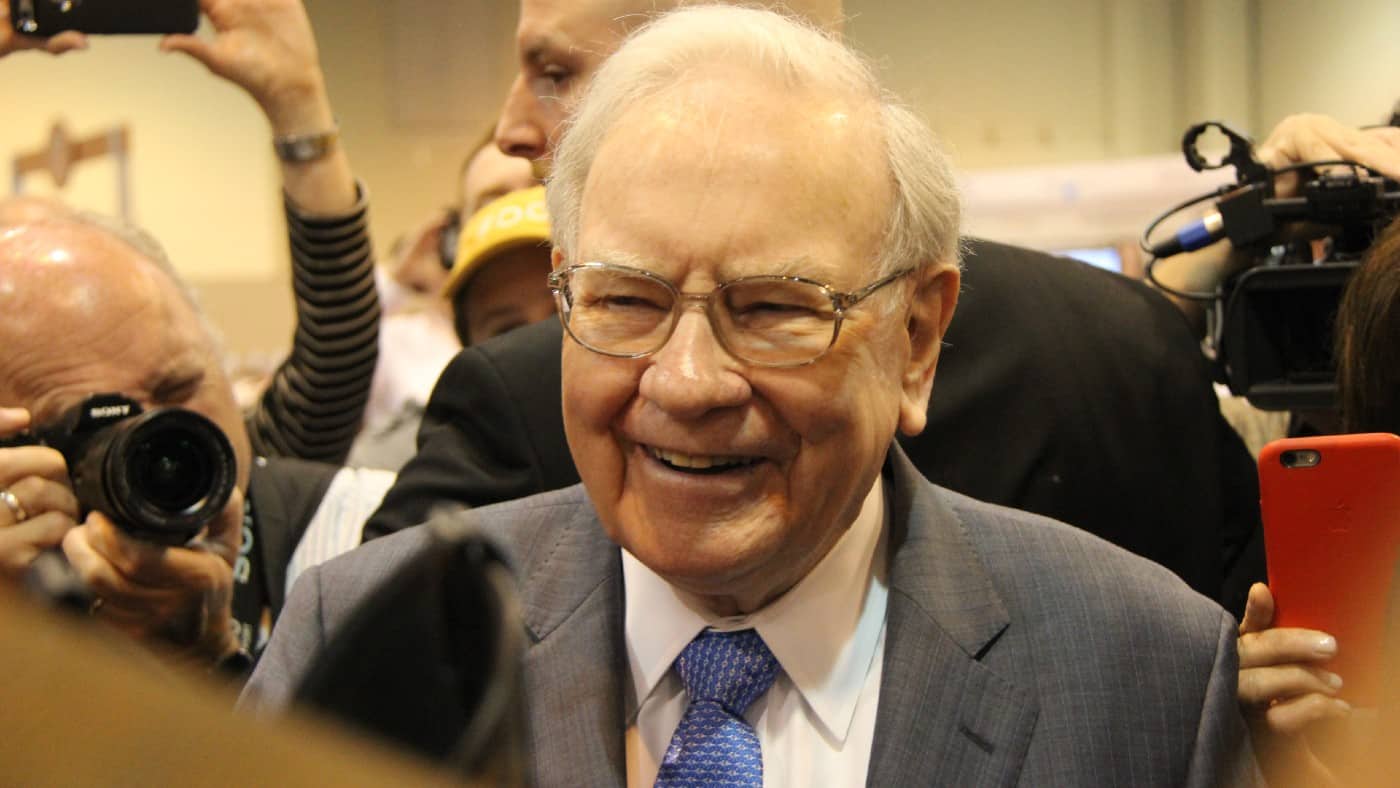Aged 30, the now-seriously wealthy Warren Buffett only had a tiny fraction of his current billions. In fact, many are unaware that he built 99% of his wealth after the age of 50.
So, with 30 fast approaching, and the very real prospect that my savings will be funnelled into a house purchase, I’m looking to the ‘Oracle of Omaha’ for inspiration.
I’d start with the simple things. Investing regularly, probably monthly, and using a compound returns strategy — reinvesting my dividends year after year to supercharge my returns. But what can I learn from Buffett?
Investing for the long run
The great man tends to take a ‘forever’ position on his investments. This doesn’t mean he’ll never sell — he does — but it’s about investing for the long run.
And this can be counter-intuitive for some investors as we’re all tempted by the idea of making a fast buck on a short-term investment.
But there are important reasons for this. The general trend of indexes is upwards. For example, the FTSE 100 is approximately three times larger today than it was 30 years ago. In fact, it’s almost seven times bigger than it was 38 years ago, when the index was launched.
Value investing with a margin of safety
Buffett is known for his value-investing strategy. This involves picking stocks that appear to be trading for less than their intrinsic or book value. For Buffett, this means searching for meaningfully-undervalued stocks and buying at attractive entry points.
Buffett doesn’t follow the crowd. In fact, he stays clear of it. Instead, he focuses on finding stocks that are trading at a discount versus their intrinsic value. This is a simplified way of looking at assets of a company, and tends to ignore future fluctuations, as well as other considerations.
And this is where the margin of safety comes in. Buffett likes a margin of safety of over 30%. This means the stock price could drop by 30%, and he still doesn’t lose money.
The margin of safety can be seen as more of a defensive tactic. First and foremost, it reduces the risk of losing money.
Focus on what I know
It can be hard to assess the intrinsic value of a company, or its prospects for growth, if I don’t understand what the company does. Buffett invests a lot of his money in household names, including Coca-Cola. And that’s because he likes to stick with what he knows.
This is what other top investors do too. For example, Cathie Wood focused on disruptive innovation, albeit across multiple industries. She was named the best stock picker of 2020 by Bloomberg — although it’s also worth noting that her flagship fund, Ark Innovation, had lagged the S&P 500 for five years.
But the moral of the story is… stick to what I know best!







